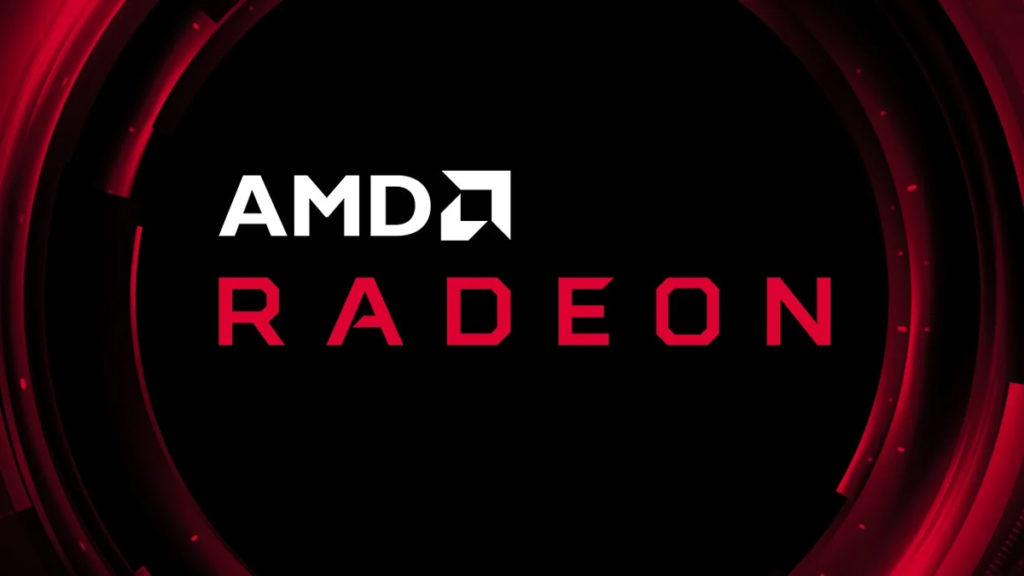I disagree. I think we've seen GPUs move forward in spurts in the last 10-15 years, and it's almost always predicated by how the competition between AMD/nVidia has done - but there is a lag between that response (which makes sense - it takes time to take a product from design through production).
nVidia certainly has not always pushed boundaries. Everyone wants to forget Tesla/Fermi era, where nVidia was absolutely trounced by AMD, and i'd argue that was exactly what pushed nVidia to hit all those big strides from Keplar -> Maxwell -> Pascal. Now bring Navi into picture, and a bit later we see a really lackluster Pascal->Turing jump to a great Turing->Ampere generation. And somewhere in all of that Volta mysteriously disappeared...
On the flip side, AMD has been perpetually playing catchup in marketshare, but that doesn't mean they haven't had good products that can spur competition.
The 5000 series was a home run - it took a long time for nVidia to be able to really respond to that. GCN had really long legs, it didn't always take the performance crown, but it's scalability and extensibility lead to a lot of derivative generations that stayed competitive for a really long time. Polaris was a great success in the lower-mid range tier, and got AMD the console contracts.
I think nVidia plays a lot more to the Stock Market game than AMD does - and most everything nVidia does is with an eye to what it will do to their share price. They are in a position right now that if they fall behind AMD by almost any metric, their share price will get hammered. So they very much watch what AMD does, and they do their best to maintain a comfortable margin ahead of AMD. They are fortunate to have a healthly leg up on AMD for most of their corporate history, so when they do have lulls in innovation it hasn't decimated them, but I don't think that means nVidia has consistently advanced forward, I think you can very clearly see a call-and-response in nVidia's product releases compared to what AMD does.

